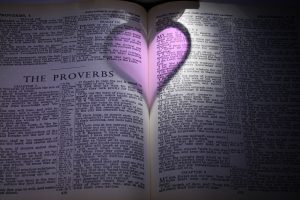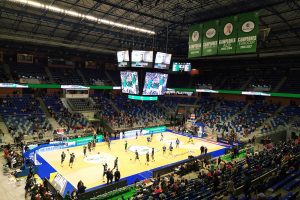

A Spanish street – what is it characteristic of? What can we notice while walking along a typical Spanish street? What can we see in Spanish cities that we can not find in Polish ones? What plant species grow in green parks, on avenues and in the streets of Malaga?
At first glance, streets in Spain, named “calles”, seem to look like streets in any other cities. Some streets are narrow, other streets are wide, some have high buildings, others have low buildings. All streets have their names, traffic lights, pavements, road signs and information signs indicating a direction to various tourist attractions. During the day, you can come across many people strolling along the streets to different places. Nevertheless, the streets in Spain are different to the streets in Poland.
Excotic vegetacion will definitely draw your attention. In the streets of Polish cities, the most common trees are maples, chestnuts, oaks, lime trees as well as forsythia. In Spain, the most frequently found trees in the cities are palm trees. There are different kinds of them, for example Phoenix Canariensis, Washingtonia Robusta, Phoenix Roebelenii or Jubaea Chilensis.
Besides wide leaves of palm trees spread out above our heads, you can find little yellow-green birds and hear their birdsongs. Their nests are located in the palm trees‘ crowns. The parrots are inhabitants of Malaga and share their space with pigeons and seagulls on the beaches, plazas and in parks.

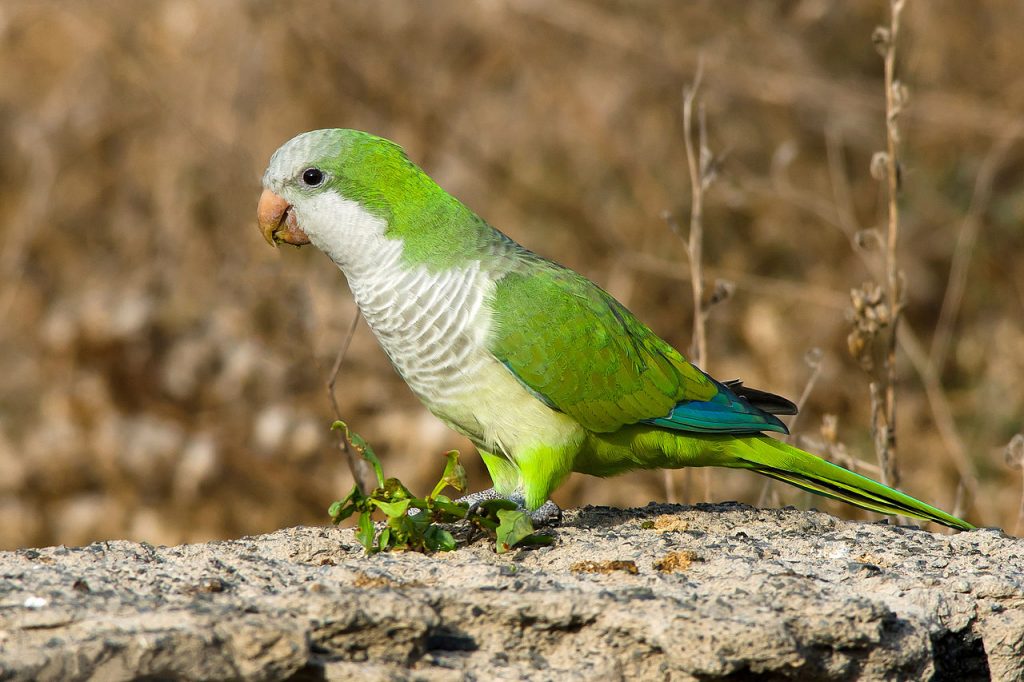
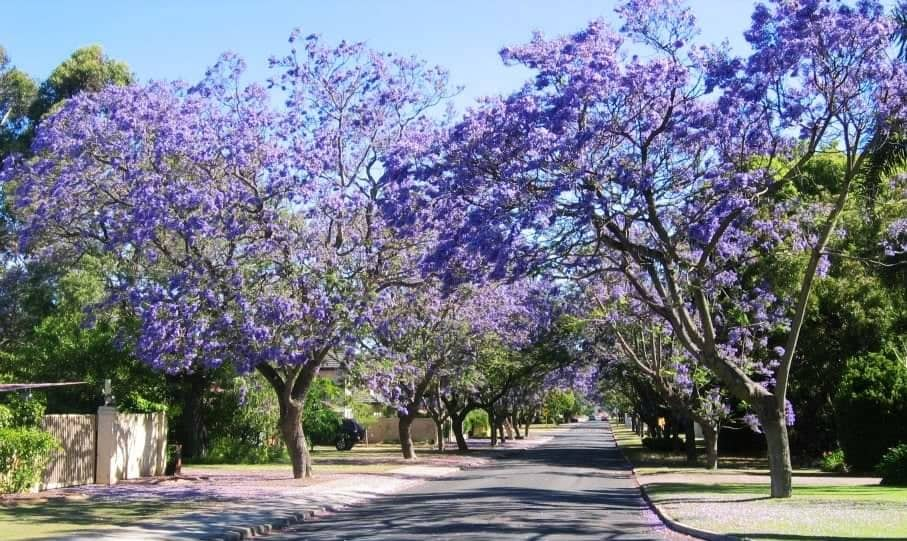
Furthermore, the shrub with large, conspicuous, trumpet-shaped flowers from 4 to 15 cm broad is Hibiskus. The flower usually has 5 petals and a long column. The colours of them are red, pink, purple, orange, peach or white. This flower, Hibiskus, is associated with the Iberian Peninsula. Whenever you pass by the beautiful flowers of Hibiskus, it is difficult to take your eyes of it.
What is more, whilst walking around in some green parts of Malaga, you can admire a plant – Strelitzia. It has a very specific shape of its flowers which resembles a head of heron with colourful crest. The flowers are the most often found in orange colour with some of its parts in purple colour. Coloquially, Strelitzia is called ”bird of paradise flower”.
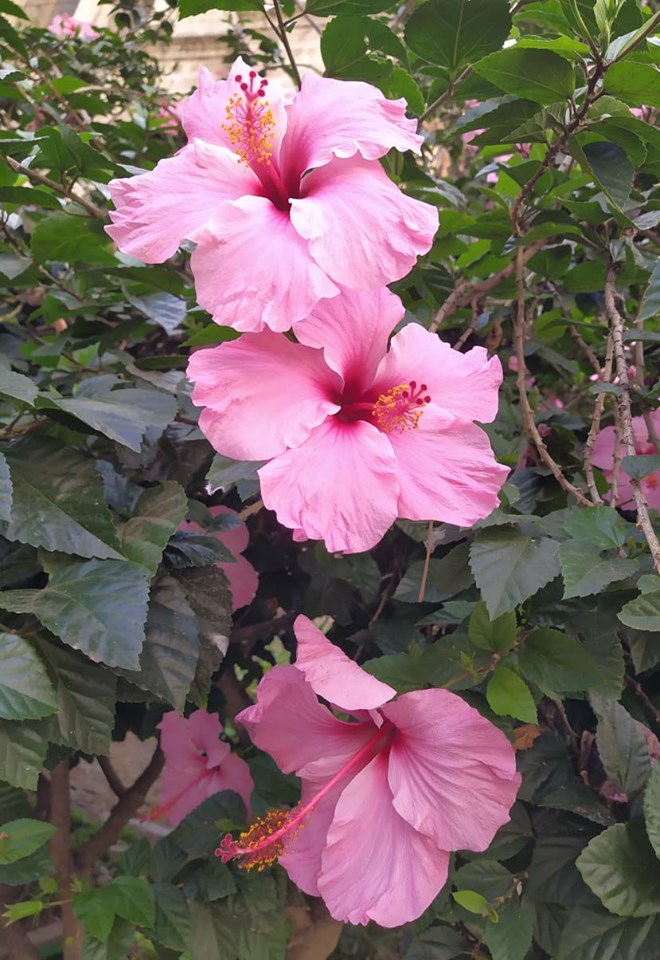
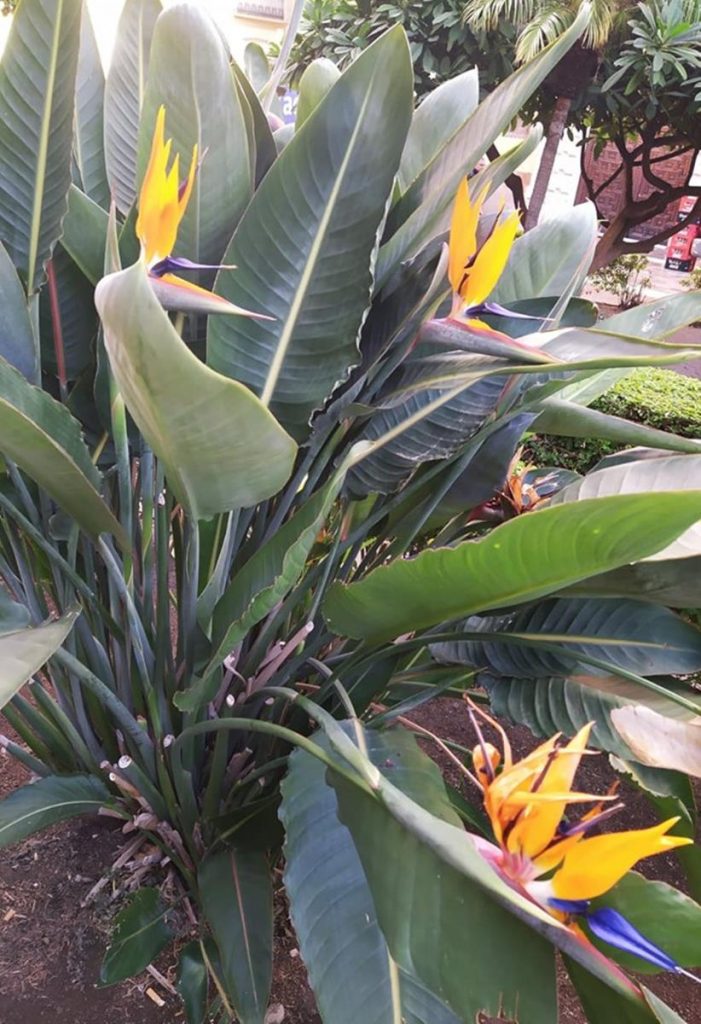
Another exotic flower which delights you with vivid colours is Bougainvillea. It is easy to distinguish this plant among others as it has small white or pinkish flowers surrounded by pink pentals. The first European to describe this flower was French Navy admiral Louis Antoine de Bougainville.
Apart from that, the orange trees are planted in the streets in Spain. When you raise your head, you will notice bottle green leaves and among them orange fruits. Depending on the season, the fruits will be either green or orange. The green colour indicates that the fruits are not ripe yet. Even if they are orange, you should not pick them up and eat as they have only a decorative function.
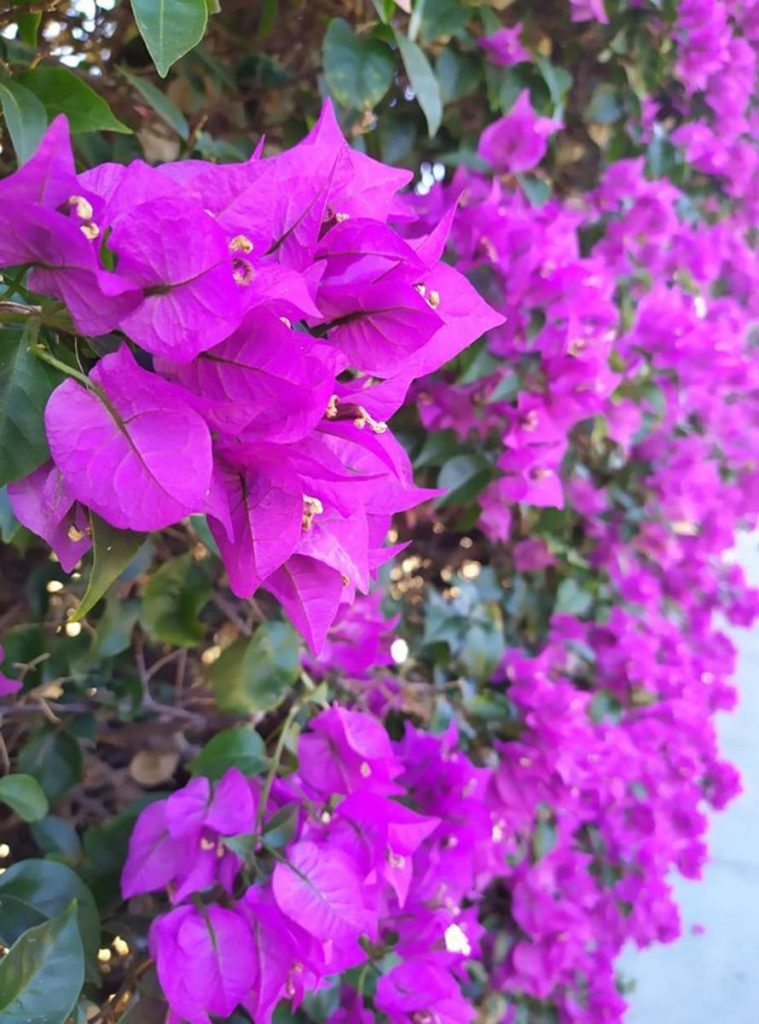

Additionally, Nerium Oleaders which are little trees or bushes from 3 to 5 metres high and from 2 to 6 metres high are typical of Spain, Portugal and Morocco. Nerium Oleander has characteristic big flowers (diameter up to 5 cm) in colour white, pink and red. This flower is toxic and has bad influence on your health. If you consume it, it can irritate your sight, induce vomits and suffocation.
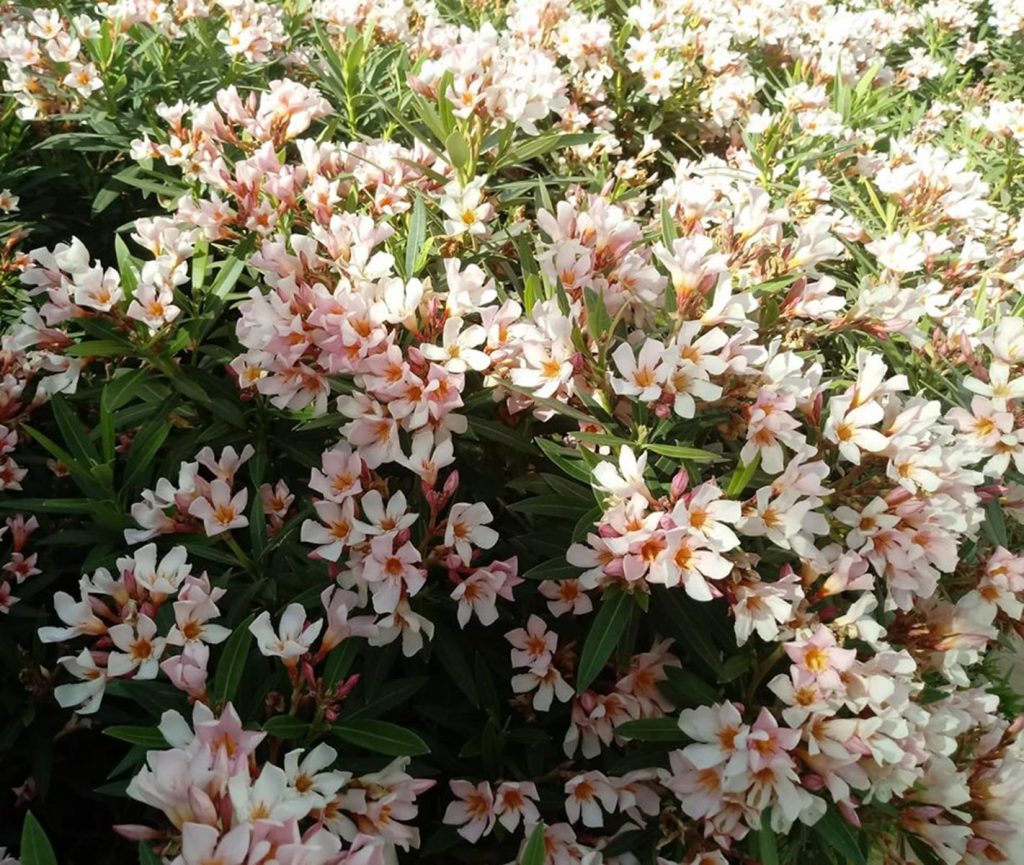
The garden close to the main Cathedral in Malaga is certainly a perfect place to admire the beauty of flowers, such as pink Hibiscus and orange Strelizia. When you go for a walk to Parque de Malaga, you will be impressed by the amount of palm trees there. While resting in the park of Pedro Luis Alonso, you can walk along the avenues of orange trees.

